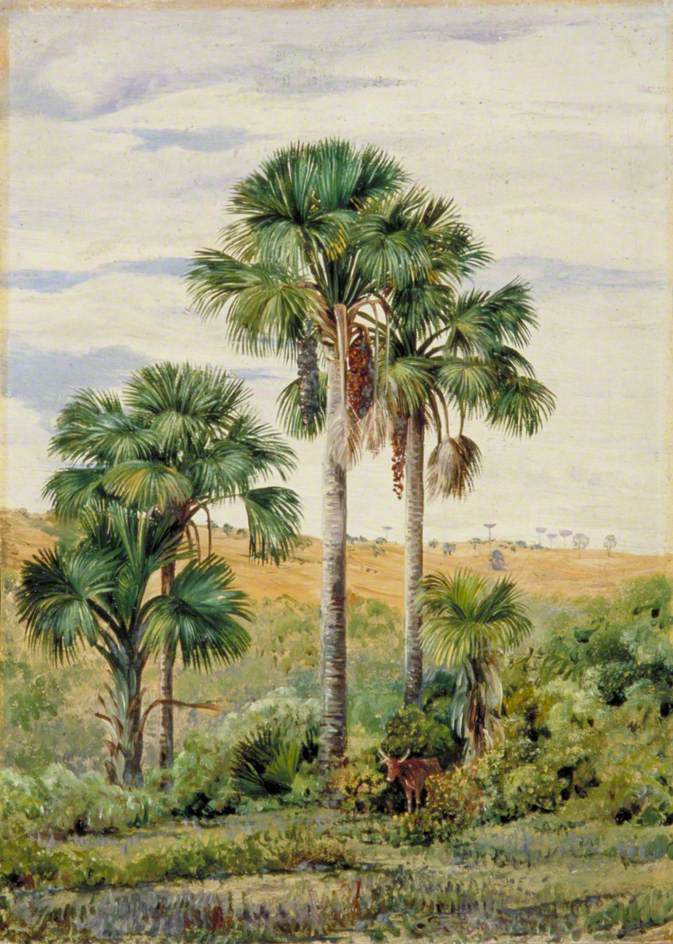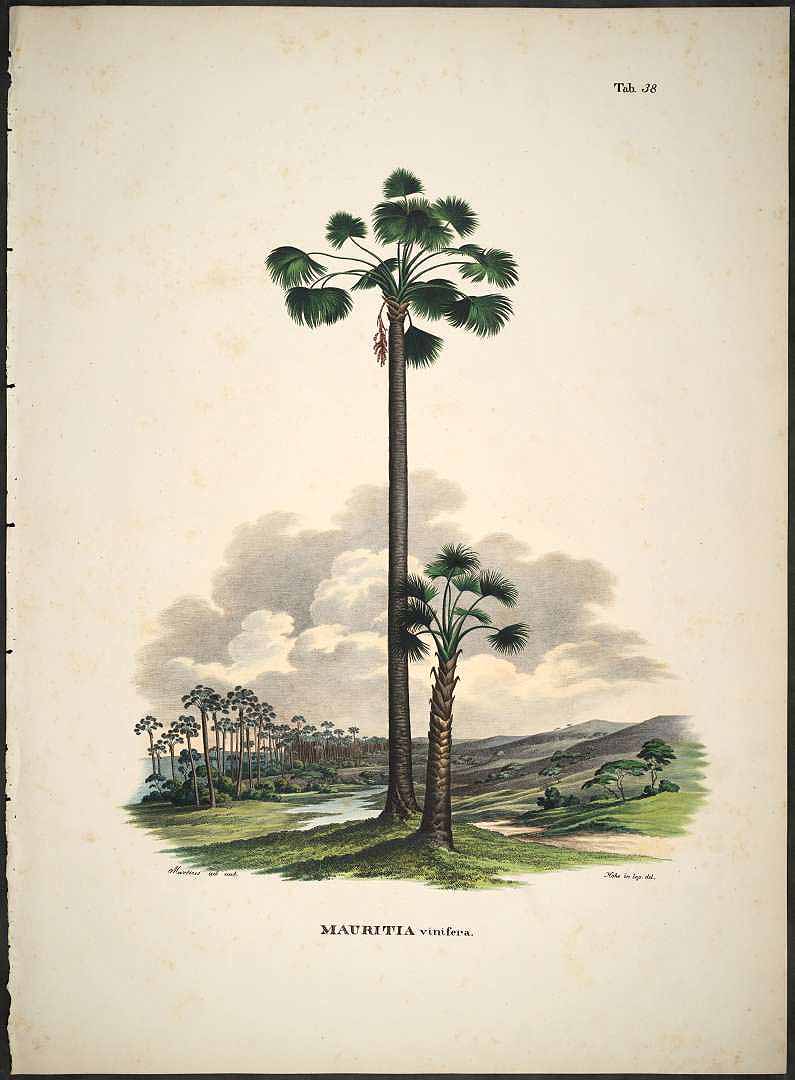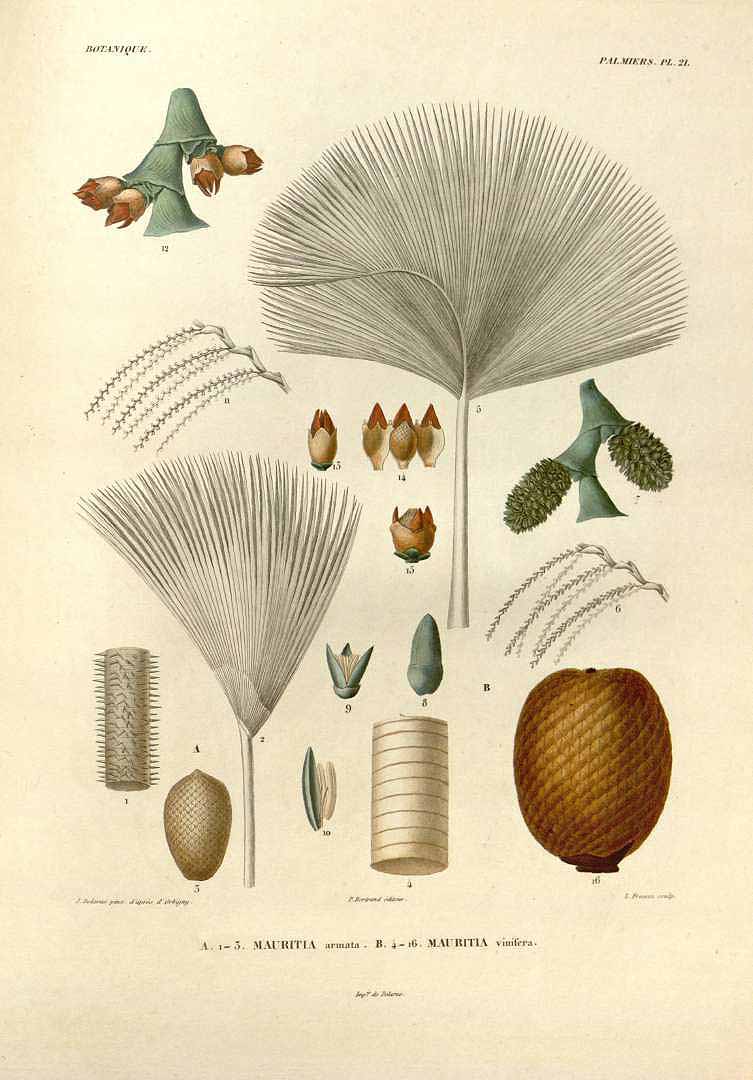! Nouveau site ici !
Vita > Plantae > Magnoliophyta > Liliopsida > Arecales >
Arecaceae > Mauritia
Mauritia flexuosa

 | ****
| ****
Vita > Plantae > Magnoliophyta > Liliopsida > Arecales >
Arecaceae > Mauritia
Mauritia flexuosa

Un très grand palmier d'environ 22 m de haut. L'écorce est gris-brun à noire. Le tronc mesure 30 à 50 cm de diamètre. Les feuilles sont disposées en spirales et étalées comme des doigts sur une main. La... (traduction automatique)
→suite
⬀
Le  donne accès au menu
donne accès au menu (c'est votre point de repère) 😊 ;
En dessous vous avez la classification, à partir de la vie (Vita, premier rang) jusqu'à la classe au dessus de la plante, dont vous trouvez ensuite le nom scientifique/botanique (latin) puis le nom commun (français), le cas échéant ;
C'est aussi un lien vers la fiche complète (tout comme la ✖, en bas à droite, et le +, en dessous de la description) ;
Vient alors l'illustration (ou ce qui la remplace, en attendant), la comestibilité :
Et en bas
⬂









